The Concept of Orbits: How Objects Move in Space
Celestial Waltzes: Demystifying the Intricate Dance of Orbits
Have you ever wondered how planets pirouette around stars, or moons gracefully circle their planetary partners? The answer lies in a fundamental concept that governs celestial motion – the concept of orbits. Forget the awkward schoolyard game of "tag, you're it" in space; orbits are a beautifully orchestrated cosmic ballet, a delicate interplay between gravity and inertia.
The Grand Conductor: Gravity's Powerful Pull
Imagine throwing a ball into the air. Gravity, the invisible puppeteer, pulls it back down. In space, the same principle applies, but on a grander scale. Massive objects, like stars and planets, exert a gravitational pull on smaller objects within their vicinity. This pull isn't strong enough to simply yank the smaller object in; instead, it creates a "curved path" that the smaller object tends to follow – the orbit.
The Balancing Act: Inertia's Counterpoint
But there's another force at play. Inertia, the tendency of an object in motion to stay in motion, comes into the picture. Imagine spinning a ball on a string. The string provides the pull towards the center, but the ball's inertia keeps it moving along a circular path. Similarly, orbiting objects have a tangential velocity, a forward motion, that keeps them from simply falling into the gravitational well of the larger object.
The Shape of the Dance: Elliptical Orbits Take Center Stage
Contrary to popular belief, most orbits aren't perfect circles. They're ellipses, oval-shaped paths with a point of closest approach (perigee) and a point of farthest separation (apogee). The strength of the gravitational pull and the object's initial velocity determine the shape of the ellipse.
Not a Solo Act: The Intricate System of Orbits
The dance of celestial objects rarely involves just two partners. Our solar system is a captivating example. Planets not only orbit the Sun, but moons also orbit their respective planets. These nested orbits create a complex choreography, with the gravitational influence of each object affecting the others.
The Intriguing Consequences: From Tidal Locking to the Search for Exoplanets
The concept of orbits has profound consequences. Tidal locking, for instance, occurs when a moon's rotation becomes synchronized with its orbital period, always presenting the same face to its parent planet (like our Moon does to Earth). Understanding orbits is also crucial in the search for exoplanets. By observing the wobble of a star caused by the gravitational tug of an orbiting planet, scientists can potentially detect new worlds beyond our solar system.
A Never-ending Performance: The Enduring Mystery of Dark Matter
But the story of orbits doesn't end there. The presence of dark matter, an invisible and mysterious substance thought to constitute most of the matter in the universe, can influence the orbital behavior of galaxies and clusters of galaxies. Understanding how dark matter affects these large-scale orbits remains an ongoing area of research.
The Celestial Stage Awaits: Your Invitation to Explore
The concept of orbits offers a fascinating lens through which to view the cosmos. From the graceful dance of planets to the mind-bending implications of dark matter, the choreography of celestial objects is a testament to the beauty and complexity of the universe. So, the next time you gaze up at the night sky, remember, it's not just a random scattering of stars; it's a celestial stage teeming with intricate orbital waltzes waiting to be unraveled.



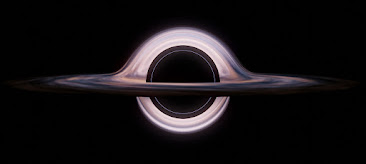
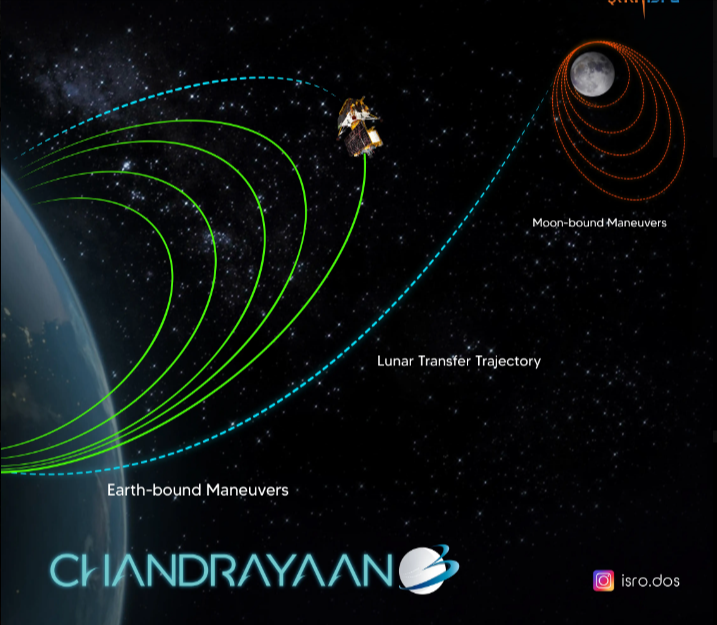

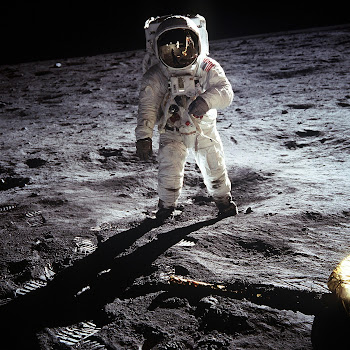
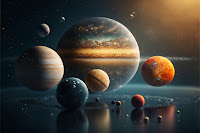
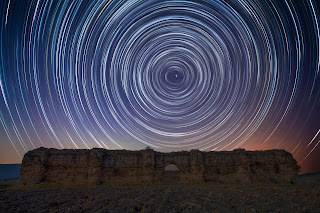
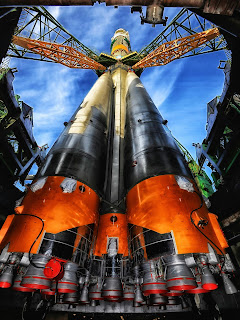
Comments
Post a Comment